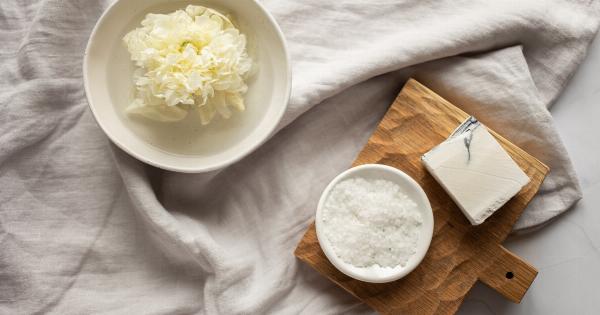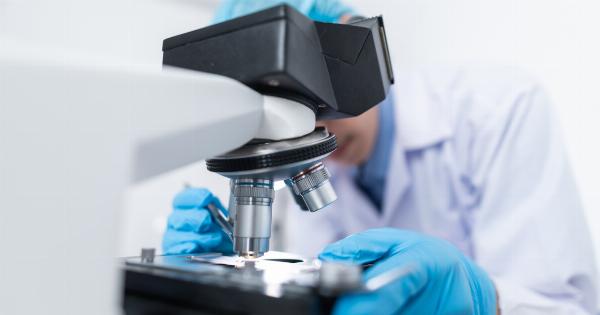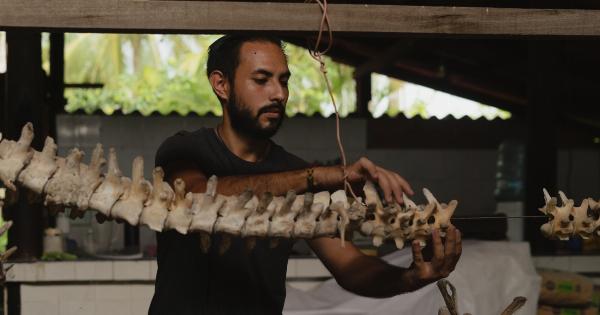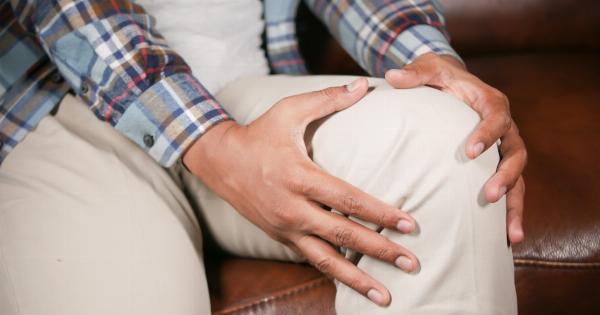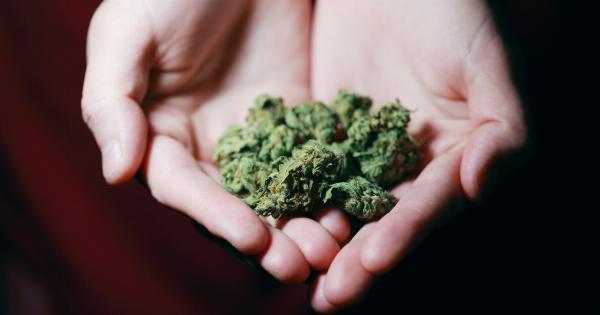Bone Spurs: Pain and Treatment
Bone spurs, also known as osteophytes, are bony projections that develop on the edges of bones. They typically occur in areas where bones meet each other, such as the joints.
These outgrowths can form in any part of the body, but they commonly affect the spine, shoulders, hands, hips, knees, and feet.
Causes of Bone Spurs
Several factors contribute to the development of bone spurs. The most common causes include:.
- Age-related wear and tear: As we age, the cartilage that cushions our joints begins to break down, leading to the formation of bone spurs as a natural response to the increased pressure.
- Joint damage or trauma: Injuries or conditions such as osteoarthritis or rheumatoid arthritis may cause the body to generate bone spurs in an attempt to stabilize or repair the affected joint.
- Improper spinal alignment: When the spine is not properly aligned, bone spurs can develop as a result of excessive pressure or stress on the vertebral joints.
- Genetic factors: Some individuals may have a genetic predisposition to developing bone spurs, making them more susceptible to developing these bony outgrowths.
- Metabolic conditions: Certain metabolic disorders, such as gout, can lead to the formation of bone spurs.
Symptoms of Bone Spurs
Bone spurs themselves may not cause any noticeable symptoms. However, if they start compressing nearby nerves or tissues, the following symptoms may occur:.
- Pain or tenderness: Bone spurs can cause localized pain or tenderness, especially when they come into contact with other structures.
- Reduced range of motion: Depending on the location of the bone spur, it may impede normal joint movement, leading to stiffness or limited range of motion.
- Inflammation and swelling: In some cases, bone spurs can lead to inflammation and swelling in the affected area.
- Numbness or tingling: If a bone spur compresses a nerve, it can result in sensations of numbness, tingling, or weakness in the surrounding area.
Diagnosis of Bone Spurs
To diagnose bone spurs, healthcare professionals may employ the following methods:.
- Medical history and physical examination: A doctor will review the patient’s medical history and conduct a thorough physical examination to assess symptoms, joint function, and any visible signs of bone spurs.
- Imaging tests: X-rays, CT scans, or MRI scans can provide detailed images of the affected joints, revealing the presence of bone spurs and their extent.
Treatment Options for Bone Spurs
The most appropriate treatment for bone spurs depends on the severity of symptoms and the underlying cause. Non-surgical options are typically explored first, including:.
- Pain Medication: Over-the-counter pain relievers, such as acetaminophen or nonsteroidal anti-inflammatory drugs (NSAIDs), can help manage pain associated with bone spurs.
- Physical therapy: Specific exercises and stretches can improve joint flexibility, strengthen surrounding muscles, and reduce discomfort caused by bone spurs.
- Orthotic devices: Shoe inserts, braces, or assistive devices may provide pain relief and improved joint alignment.
- Hot and cold therapy: Alternating between hot and cold packs can help reduce inflammation and alleviate pain.
If conservative treatments fail to provide relief, or the bone spurs cause severe symptoms that significantly affect daily life, surgical intervention may be necessary. Common surgical procedures for bone spurs include:.
- Arthroscopy: A minimally invasive procedure during which the surgeon uses small instruments and a camera to remove or trim bone spurs.
- Joint fusion: In cases where bone spurs severely damage the joint, fusion surgery may be performed to join the affected bones permanently, eliminating the painful movement.
- Joint replacement: If bone spurs occur in joints like the hip or knee, joint replacement surgery may be considered to replace the damaged joint with a prosthetic one.
- Surgical decompression: This procedure aims to relieve nerve compression caused by bone spurs, reducing associated symptoms like pain and tingling.
Preventing Bone Spurs
While bone spurs cannot always be prevented, certain lifestyle measures may help reduce the risk or delay their development:.
- Maintaining a healthy weight: Excess weight puts added stress on the joints, potentially accelerating the development of bone spurs.
- Using proper body mechanics: Employing correct posture and lifting techniques can minimize joint strain, decreasing the likelihood of bone spur formation.
- Wearing appropriate footwear: Shoes that provide adequate support and cushioning can help reduce the impact on joints and minimize the risk of bone spurs in the feet.
- Engaging in regular exercise: Regular physical activity strengthens the muscles supporting the joints, improving joint stability and potentially slowing down the progression of joint degeneration.
- Managing underlying medical conditions: Effectively managing conditions like osteoarthritis or rheumatoid arthritis can help reduce the likelihood of developing bone spurs.
Conclusion
Bone spurs can be a source of pain and discomfort, impacting joint function and daily activities. Understanding the causes, symptoms, and available treatment options is essential for proper management.
While conservative measures are often effective, surgery may be required in severe cases. By adopting preventive measures and maintaining a healthy lifestyle, individuals can minimize the risk of bone spur development and promote overall joint health.









